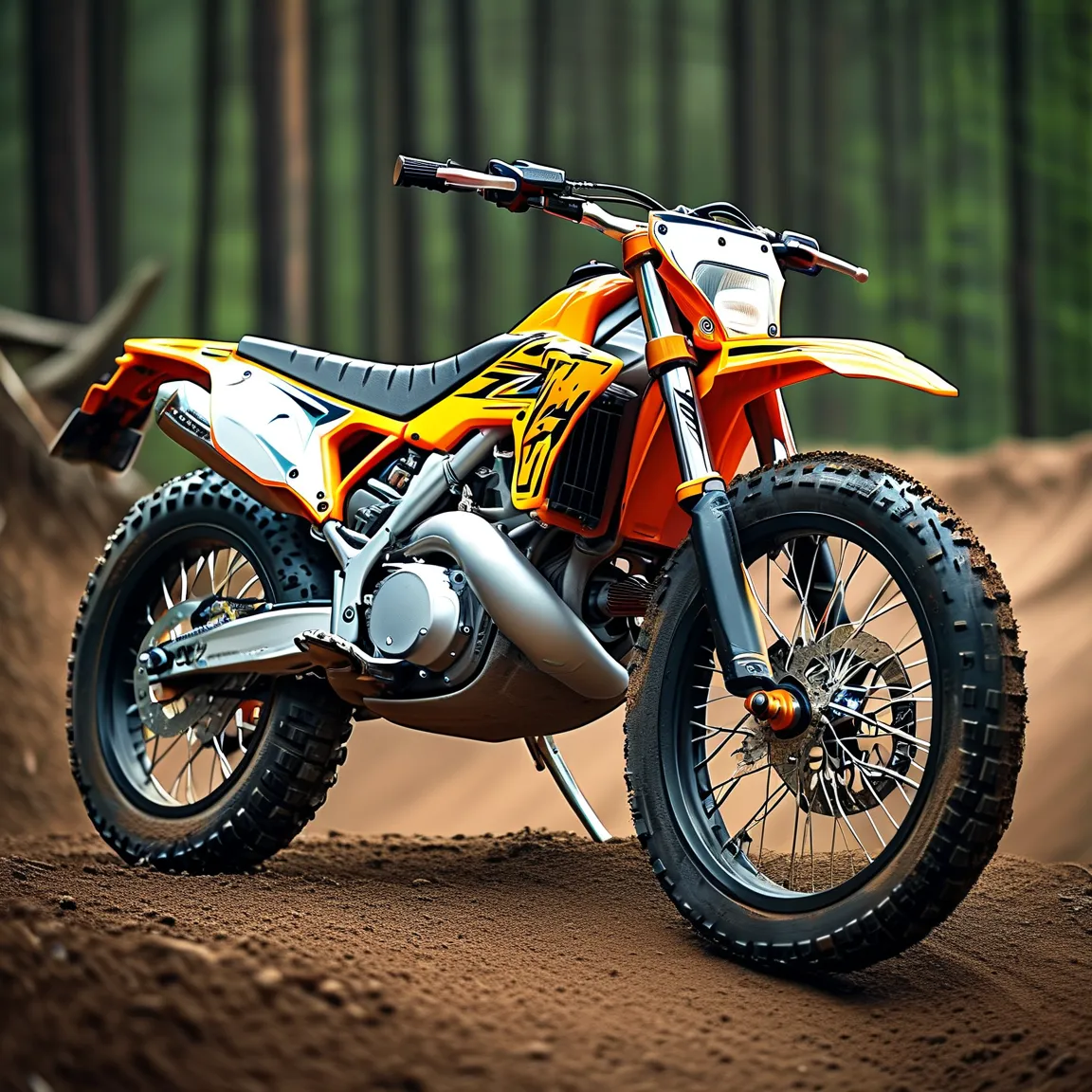When exploring the world of dirt bikes, riders often face a pivotal choice: 2-stroke vs. 4-stroke engines. Both designs dominate lightweight off-road performance models, but their differences in power delivery, maintenance demands, and riding styles create distinct experiences. Understanding these factors ensures you select the best option for your terrain, skill level, and budget.
Power-to-Weight Ratio: The Core Advantage of 2-Strokes
2-stroke engines generate power with every piston revolution, delivering explosive bursts of acceleration ideal for technical trails and motocross jumps. Models like the KTM 250 SX or Yamaha YZ125 weigh up to 20% less than comparable 4-strokes, offering agility for tight corners and steep climbs. This lightweight design thrives in sand dunes or muddy tracks where quick throttle response matters. However, 2-strokes require premixed fuel (gasoline + oil), increasing refueling complexity during long rides.
4-stroke engines, such as those in the Honda CRF450R or Kawasaki KX450, produce power every two piston revolutions. Their smoother torque curve enhances control on rocky trails or endurance races, reducing fatigue over hours of riding. While heavier, modern 4-strokes like the Husqvarna FE 350 use aluminum frames and titanium components to minimize weight penalties without sacrificing durability.
Maintenance Realities: Cost vs. Frequency
A common misconception is that 2-strokes are universally cheaper to maintain. While rebuilds are simpler (fewer moving parts), they’re needed more frequently—often every 30-50 hours for competitive riders. A top-end rebuild kit for a 2-stroke costs $150-$300, making it accessible for DIY mechanics.
4-strokes excel in longevity under moderate use, with valve adjustments recommended every 100 hours and full rebuilds stretching beyond 200 hours. However, complex components like camshafts and timing chains raise repair costs. A single valve job can exceed $500 at a dealership, according to data from Rocky Mountain ATV/MC’s 2023 service reports.
Fuel Efficiency & Environmental Impact
Modern 4-strokes leverage fuel injection systems to optimize consumption, averaging 35-50 MPG compared to a 2-stroke’s 20-30 MPG. For adventure riders covering long distances between fuel stops, this efficiency is critical. Emissions regulations also favor 4-strokes; models like the Beta RR 4T meet Euro 5 standards with catalytic converters and closed-loop fueling.
2-strokes remain popular in regions with lax emissions laws but face restrictions in areas like California, where red sticker regulations limit their use on public lands during peak seasons. Brands like TM Racing now offer direct-injection 2-strokes (e.g., TM EN 300Fi) to reduce oil consumption by up to 60%, bridging the environmental gap.
Riding Applications: Matching Engine Type to Terrain
- Motocross/Closed-Course Racing: Lightweight 2-strokes dominate supercross-style tracks requiring rapid weight shifts and airborne control.
- Enduro/Cross-Country: Electric-start 4-strokes like the Sherco SE 300 Factory provide consistent torque for hill climbs and log crossings.
- Trail Riding/Recreation: Beginners often prefer 4-strokes for predictable power delivery, while veterans may opt for tunable 2-strokes like the GasGas EC 250.
Market Trends & Resale Value
Despite the rise of fuel-efficient 4-strokes, demand for high-performance 2-strokes surged by 18% in 2023 (Motorcycle Industry Council data). Vintage models like the Suzuki RM250 also command premium resale prices among collectors. Meanwhile, used 4-strokes depreciate faster if maintenance logs are incomplete—a key consideration for budget-conscious buyers.
Final Verdict: Which Engine Wins?
Your decision hinges on three factors:
1. Skill Level: Novices benefit from 4-stroke stability; experts exploit 2-stroke agility.
2. Riding Style: Technical trails favor lightweight responsiveness; endurance rides demand fuel efficiency.
3. Budget: Calculate long-term maintenance costs against upfront savings.
For hybrid performance, consider brands like Beta or KTM offering both engine types in similar chassis designs. Test-riding multiple models remains the gold standard—visit local dealerships or demo days to experience how each engine translates throttle input into off-road mastery.
